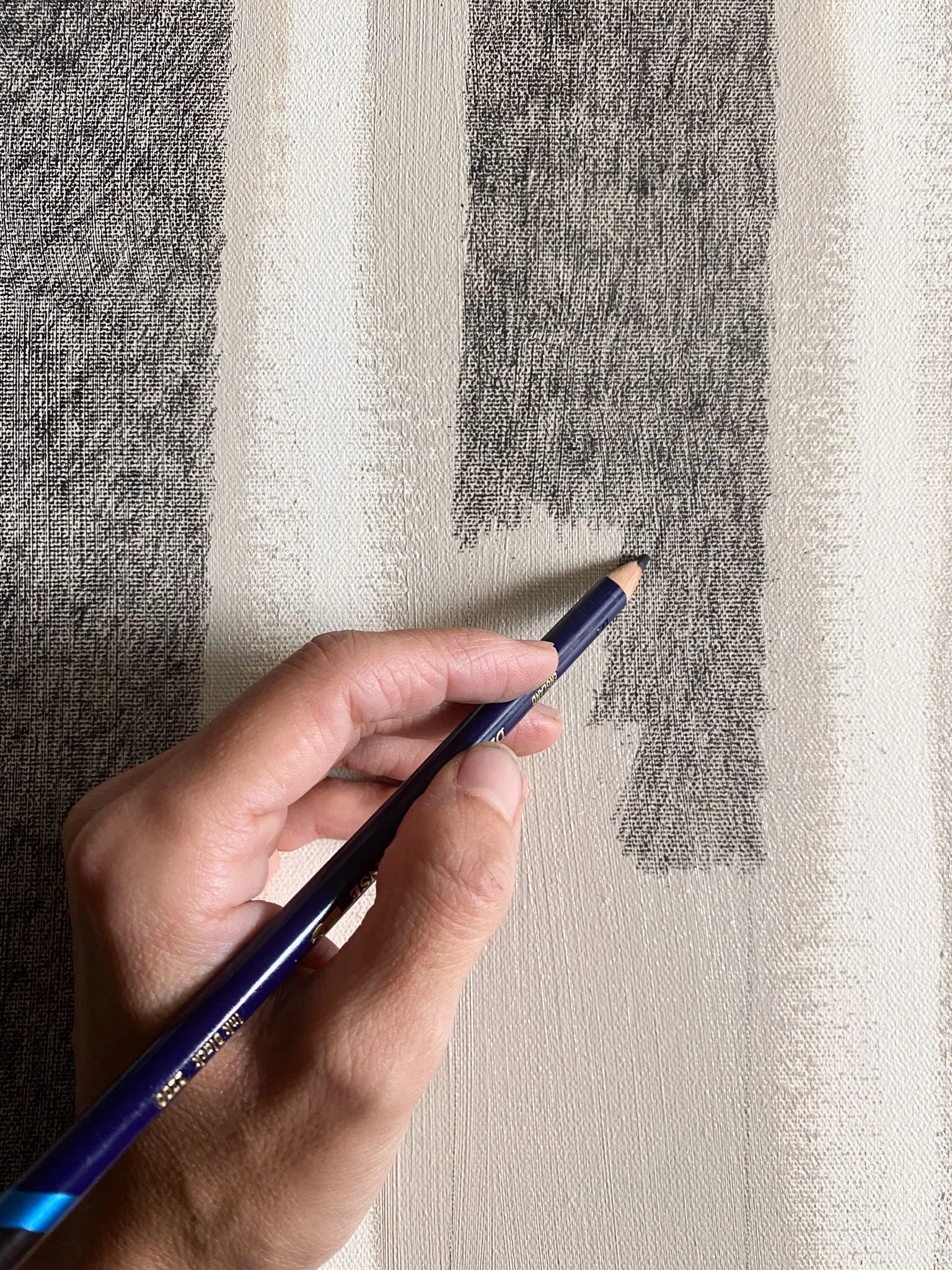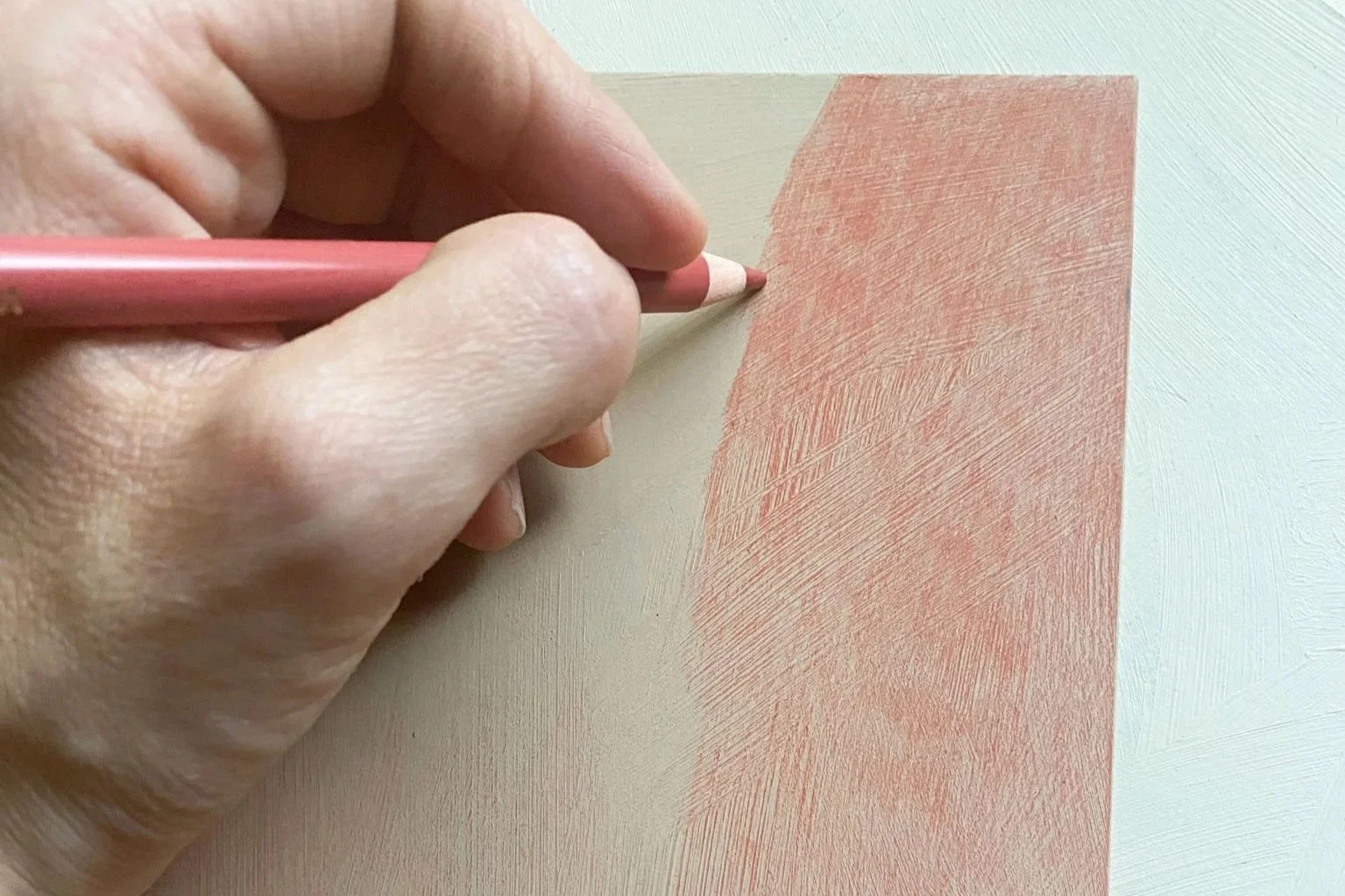Drawing as Regulation: How the Pencil Grounds My Mind
There’s a particular sound that happens when graphite touches paper : soft, steady, almost like breathing. It’s one of the reasons I have always loved drawing with a pencil. Long before I had the language to explain it, I knew that something in the rhythm of that movement, the pressure of the hand, the faint texture of the paper, the controlled repetition, they all brought me calm.
For me, drawing is not just a way of making images; it is a way of regulating my nervous system. The act of slowly building tone and texture through pencil marks gives shape to my thoughts and rhythm to my emotions. It’s a dialogue between my body and my senses, where control and sensitivity coexist.
Graphite on paper creates an immediate, tactile feedback loop. Each line has a sound, a vibration, and all of these sensations matter. That sensory variety allows me to engage with my environment in a grounded, nonverbal way.
I am often hyperaware of sensory input: lights, noises, movements. But the pencil gives me a sensory experience I can control. It’s quiet but present, subtle but grounding. The repetitive scratching sound, the smell of paper, the soft dust of graphite, all of it becomes a kind of sensory hyperfocus that calms the overactive parts of my mind.
Drawing regulates me because it creates a sensory space that is safe, familiar, and predictable, a world where every movement has meaning and feedback comes gently, not overwhelmingly.
When I draw, I enter a state of focus that quiets the background noise of thoughts. The repetitive gestures are meditative but not in a detached, empty way. They’re full of attention. Every stroke builds something. Every movement contributes to a gradual shift that I can see and feel happening in real time.
In those moments, regulation happens naturally. My breathing slows. My body relaxes. My thoughts align with the rhythm of my hand. It is a conversation between the physical and emotional structure meeting sensation.
In psychological terms, what I experience through drawing could be described as self-regulation or sensory modulation. But for me, it feels more personal, like coming back to center. The process organizes my internal world. It translates restlessness into structure, anxiety into pattern, emotion into form.
The pencil, in its simplicity, offers exactly what my mind needs: repetition, predictability, tactility, and gentle variation. It’s a way to balance stimulation and calm, to turn overwhelming sensations into something steady and intentional.


